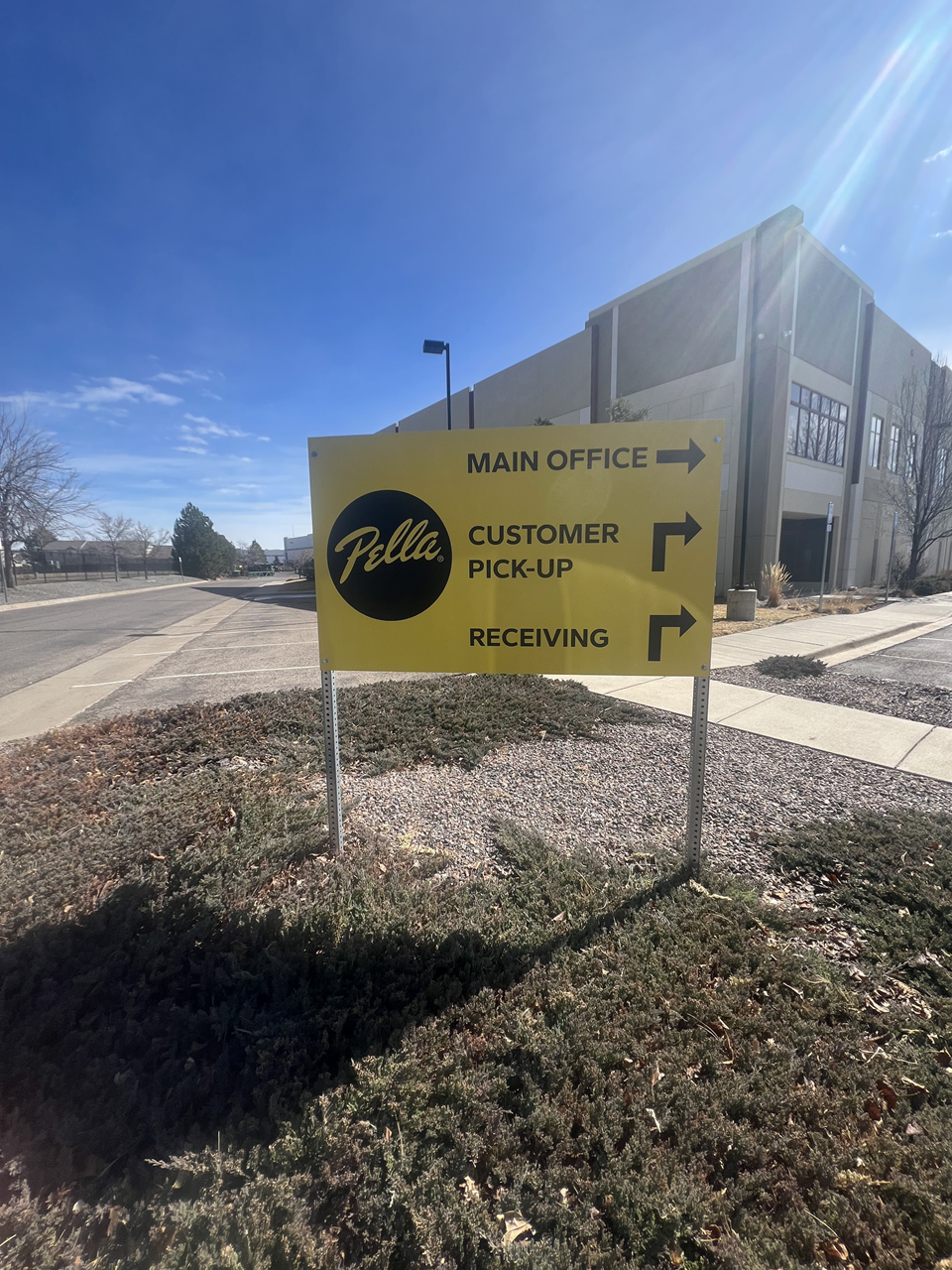Effective Use of Wayfinding Signs in Large Facilities

Navigating large facilities can be challenging without proper guidance. Wayfinding signs serve as essential tools in making spaces more user-friendly and ensuring that visitors can move around with confidence and ease. Whether in hospitals, airports, or sprawling corporate offices, these signs play a vital role in directing people efficiently, thereby enhancing overall user experience.
The effectiveness of wayfinding signs hinges on their design and placement. Signs must be clear, concise, and strategically positioned to be truly helpful. Well-designed wayfinding systems reduce confusion, decrease the likelihood of visitors getting lost, and ultimately improve accessibility and safety.
In complex environments, wayfinding signs do more than just point the way. They communicate a facility’s brand ethos and can influence how visitors perceive and interact with a space. Implementing a thoughtful wayfinding system is a key step toward creating an environment where people feel welcome and assured in their ability to reach their destinations.
Importance of Wayfinding Signs in Large Facilities
Wayfinding signs are vital in large facilities where navigating can easily become confusing. Their primary role is to guide visitors efficiently, helping them find their destinations without hassle. These signs reduce the stress of getting lost and save time, which is especially crucial in busy environments like airports or hospitals. By guiding visitors on the shortest or most accessible routes, wayfinding signs streamline the movement within a facility.
Intuitive navigation enhances user experience. Visitors appreciate not having to constantly stop and ask for directions, which can be frustrating and time-consuming. Wayfinding signs empower people to move around confidently, improving their overall perception of the facility. This self-sufficiency can lead to positive impressions, encouraging repeat visits and customer satisfaction.
Safety and accessibility are other benefits of effective wayfinding signage. Clearly marked signs direct people to emergency exits, restrooms, and other essential services. This preparedness is particularly important during emergencies when efficient evacuation is needed. Additionally, wayfinding signs designed with accessibility in mind promote inclusivity, ensuring that everyone, including those with disabilities, can navigate the space independently and safely.
Design Principles for Effective Wayfinding Signs
Clear and simple designs are the foundation of effective wayfinding signs. Visitors quickly grasp signs with straightforward messages, which reduces confusion. Avoid overcrowding signs with too much information; instead, focus on key points. Minimal text with large, easy-to-read fonts makes information clear at a glance.
Consistency in design elements across all signage is crucial. Use the same color scheme, font, and style to maintain a unified look. Consistency builds trust and reliability, as visitors become familiar with and rely on these signs for navigation. This cohesion ensures easy recognition throughout the entire facility.
Symbols and colors communicate information universally, even overcoming language barriers. Common symbols, such as arrows or icons for restrooms and exits, help convey messages quickly. High-contrast colors improve visibility and readability, especially in low-light conditions. Choose colors wisely to both appeal visually and offer practical benefits for universal comprehension.
Having well-designed wayfinding signs is an investment in user experience and operational efficiency. They provide clarity and direction, contributing significantly to the ease with which people navigate large and complex facilities.
Strategic Placement of Wayfinding Signs
The placement of wayfinding signs is crucial to their effectiveness. You need to identify key locations where signs will be most visible and helpful. Entrances, intersections, and decision points where choices must be made are essential spots for signage. Signs must be placed where foot traffic is highest to catch people’s attention and guide them efficiently through the facility.
Striking a balance in the number of signs is necessary to avoid overwhelming visitors. Too many signs can lead to confusion, whereas too few might leave people lost. Evaluate the facility layout to determine the most strategic points for sign placement, creating a seamless flow of directions that visitors can follow effortlessly.
Consider line of sight and traffic flow patterns. Signs should be visible from a distance and at eye level to ensure easy reading. Align signage with natural sightlines so they don’t become obstacles but are instead guiding beacons. Analyzing how crowds move and tend to pause can also inform where signs should be placed to maximize their use.
Implementation and Maintenance Best Practices
Implementation and ongoing maintenance underpin a successful wayfinding system. Ensuring compliance with local regulations and standards is a vital first step. Regulations often dictate certain specifications for signs, such as height, text size, and illumination. Adhering to these not only ensures legal compliance but also enhances accessibility.
Regular maintenance and updates ensure that signage information remains accurate and helpful. Facilities continually evolve, and signs should reflect any changes in layout or function. Inspect signs periodically to catch wear and tear, such as faded colors or damaged parts, and replace them as needed.
Feedback incorporation aids continuous improvement. Invite input from those who use the facility the most, such as employees or frequent visitors. Their experiences can spotlight issues or opportunities for optimization that might otherwise go unnoticed. Encouraging open communication ensures the wayfinding system remains effective and user-friendly.
Conclusion
Wayfinding signs play an essential role in large facilities, guiding visitors efficiently, enhancing user experiences, and improving safety. By combining thoughtful design with strategic placement, wayfinding signs can transform the visitor journey, making navigation seamless and stress-free. Regular updates and adherence to best practices keep systems effective over time, ensuring they continue to meet the needs of all users.
Ready to enhance your facility’s wayfinding signage? Trust Mtn High Sign + Design to provide expert solutions tailored to your facility’s unique needs. Our team can help create a comprehensive wayfinding system that improves navigation and elevates the overall visitor experience. Contact us today to explore how our sign shops in Denver can make your space easier to navigate.
Back

